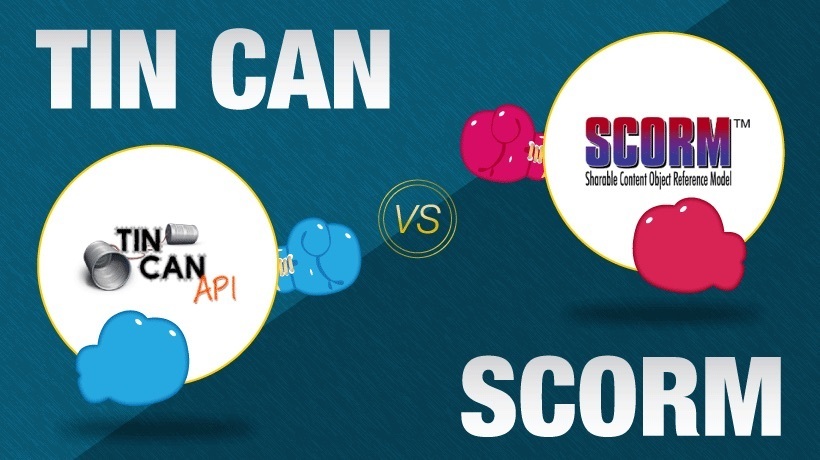Why SCORM?
So, why does SCORM still matter for educational technology?
For those of us who have worked in education technology for some time, the last few years have been a renaissance of sorts. A convergence has happened where an appreciation of the importance of ongoing education has intersected with the availability of great technology. The end result has been an explosion in the industry. It’s an exciting time to work in this space as things are changing, evolving, and improving rapidly. It’s been a time that has greatly reminded me of the first part of the boom/bust cycle we saw in internet technology in the late 90s.
With any industry where there is rapid expansion there are also always growing pains. Some approaches stand the test of time while others prove to not be sustainable or wise. As an industry, I think there are many lessons that can and should be learned from the .com bust and applied to where we find ourselves in education technology – today though I want to talk about standards.
As I’m sure most of you know, the early 90’s internet was dominated by a new standard for formatting text and images called HTML. The entire purpose of HTML was to provide an effective way of formatting content that would work on a variety of different types of computers/browsers/operating systems. Around the same time other proprietary technologies started popping up - ActiveX, Java, VB Script, RealPlayer, and perhaps the best known Macromedia Flash. Many of these tools were marketed as providing an easier way to get online without having to worry about HTML. In retrospect, we now know each one of those proprietary technologies failed in the long run. Flash, although still being used is greatly in decline. With security and performance issues, as well as a lack of good support by most mobile devices, the last few years have seen companies have to completely rebuild all their Flash content in order to support newer devices. Converting old Flash courses to HTML5 has even become a bit of a cottage industry in the eLearning world as companies struggle to support newer devices. In contrast the HTML that was written way back in the 90’s still works well even on the newest of devices.
So what does this have to do with eLearning? Every week I talk to frustrated people that have decided to build their training using one of these new “easy to use” web based course builders that are being integrated into various eLearning platforms. Although this sounds great starting out, people almost always inevitably run into a few major problems.
- The course builder looked wonderful at first glance, but as they start using it they notice there are severe limitations and no ability to do anything beyond basic content authoring.
- They no longer are happy with the platform and want to move to something new, but now they realize that means having to recreate hundreds or thousands of pages of content in a new platform.
- A large organization wants to license the training but needs to be able to load it into their internal Learning Management System.
All of these problems are easily solved by embracing a standards based approach. SCORM takes each one of those challenges and cleanly addresses them. What HTML is to the internet, SCORM is to eLearning. It is the work horse that has been powering online training for the last 15+ years. Like HTML it has its limitations, but also like HTML part of its huge success is based upon focusing on a specific type of functionality and delivering that functionality well. So well that almost every major learning management system on the market offers support for SCORM. This means that the ability to easily move your SCORM compliant content from platform to platform is a complete non-issue.
SCORM’s high adoption rate has also led to an amazing number of increasingly great authoring tools – Captivate, Storyline, and iSpring to name just a few. I have yet to see any proprietary web based solution that comes remotely close to the power of the desktop based authoring tools that are available. Since SCORM is an open standard, if the functionality you need doesn’t exist in an authoring tool, you can easily code your own functionality if you are so inclined.
Most of the people I talk to who have gone down a different path, really wish they knew about or had embraced SCORM when they started. It would have given them more options in the long run and saved them a lot of headaches. Standards are inevitably the path forward when it comes to technology. Whether the standard is HTML, SCORM, Tin Can/xApi, or the evolution of phones to support micro-usb instead of proprietary charging ports – technology (and the market at large) will always move towards standardization. There may be fleeting success in one-off approaches, or proprietary formats, but generally in the long run the biggest winners will be the tools, organizations, approaches that embrace standards.







